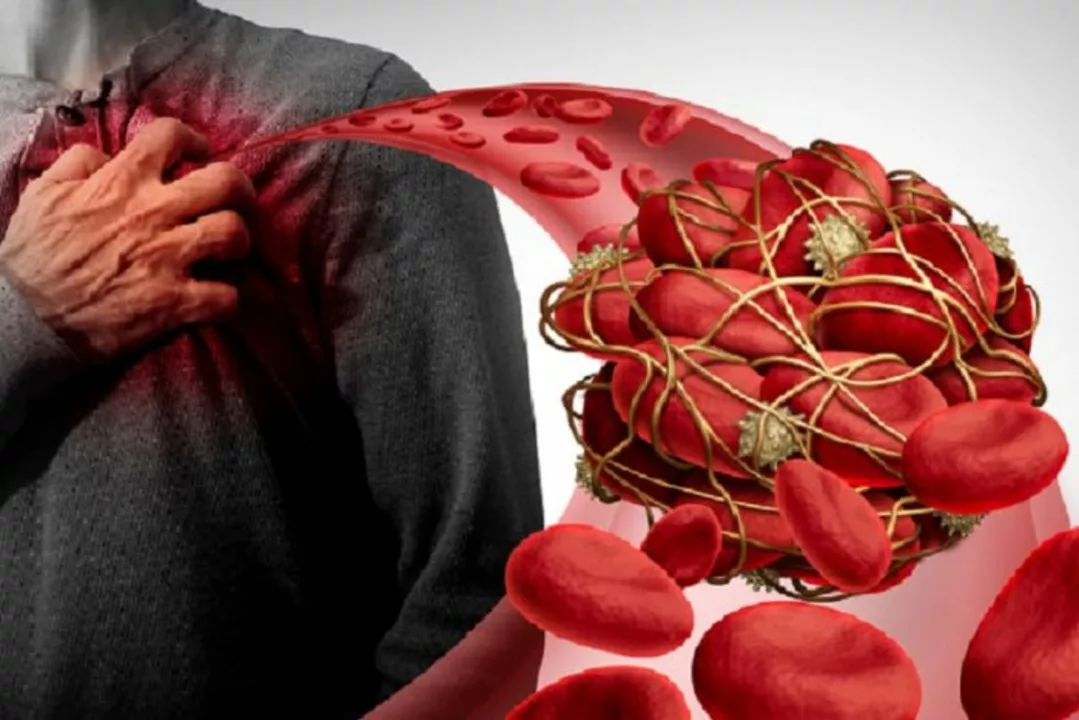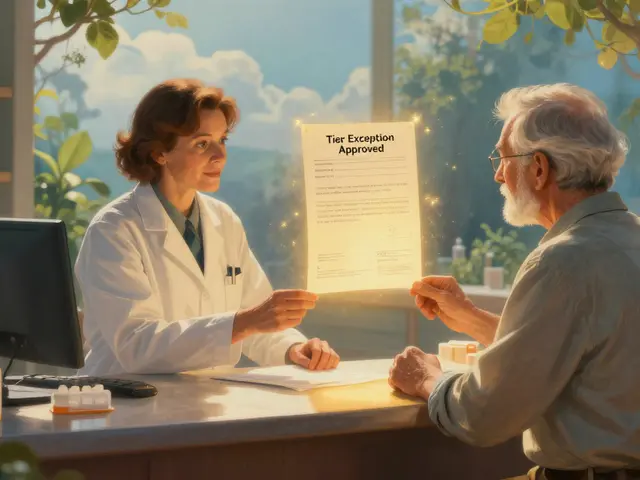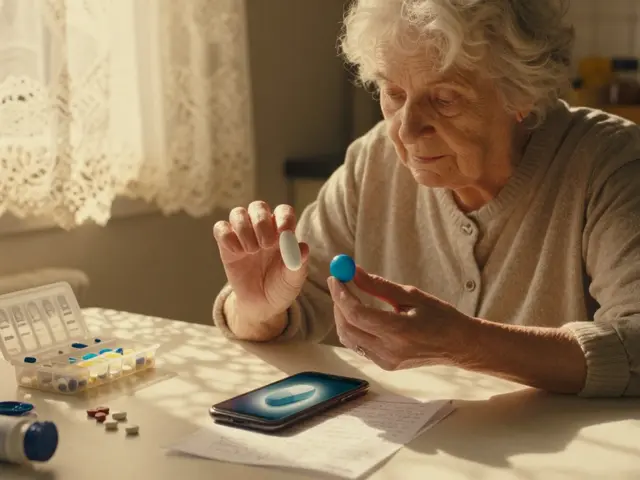Stents: clear facts and practical steps after a cardiac procedure
You might be facing a stent because of chest pain, a heart attack, or blocked arteries. A stent is a tiny mesh tube that props open a narrowed artery so blood can flow. That short sentence saves lives every day — but what comes next matters just as much. This page gives straight, useful info: what types of stents exist, common risks, the medicines you’ll likely need, and simple signs that mean call your doctor.
Types of stents — what to expect
Bare-metal stents are the oldest type. They do the job of holding the artery open but have higher rates of re-narrowing (restenosis). Drug-eluting stents slowly release medication to cut down that re-narrowing risk — they’re the most common choice now. There are also bioresorbable stents designed to dissolve over time; they sounded perfect on paper, but results have been mixed and they’re used less often. Your cardiologist will pick a stent based on the blockage, artery size, and your overall health.
During a stent procedure (PCI or angioplasty) you’re usually awake but sedated, a catheter is threaded through a groin or wrist artery, and the stent is expanded where the blockage is. The procedure often takes under two hours and many people go home the next day, though some cases need a longer stay.
Life after a stent: meds, tests, and warning signs
After a stent you’ll most likely leave the hospital on antiplatelet medication to prevent clots. Common advice is dual antiplatelet therapy (DAPT) — aspirin plus a second drug like clopidogrel, ticagrelor, or prasugrel — for a defined period. How long depends on the stent type and your bleeding risk. Stopping these meds early can cause stent thrombosis, which is dangerous, so follow your doctor’s plan and ask before stopping any pill.
Follow-up usually includes a clinic visit and sometimes imaging tests like stress tests or repeat angiography only if symptoms return. Lifestyle changes are huge: quit smoking, choose heart-healthy foods, stay active, and manage blood pressure, cholesterol, and diabetes. Medications like statins and blood pressure drugs (for example, amlodipine) are common long-term companions after a stent.
Watch for warning signs: sudden chest pain, shortness of breath, fainting, or new heavy sweating. Those call for immediate medical care. Minor soreness at the catheter site, mild bruising, or low-grade fever can be normal but ask your care team if you’re unsure.
Choosing where to have a stent placed matters. Look for experienced interventional cardiologists and centers with good outcomes. If you have questions about long-term meds, second opinions, or how a stent fits with other heart treatments (like certain heart failure drugs), bring a written list of your concerns to the clinic — it gets better answers faster.
If you want, I can summarize what type of stent might be right for a specific case, explain common antiplatelet drugs, or help you prepare questions for your cardiologist.

The relationship between blood clots in stents and heart attacks
In a recent study, I came across the relationship between blood clots in stents and heart attacks. It turns out that blood clots formed in stents, which are small mesh tubes used to treat narrow or weak arteries, can lead to heart attacks. This happens when the clot blocks the blood flow in the artery, depriving the heart muscle of oxygen and causing damage. To prevent this, doctors often prescribe blood-thinning medications after stent placement. It's essential for patients with stents to closely follow their doctor's recommendations and attend regular check-ups to minimize the risk of heart attacks.
Read More



